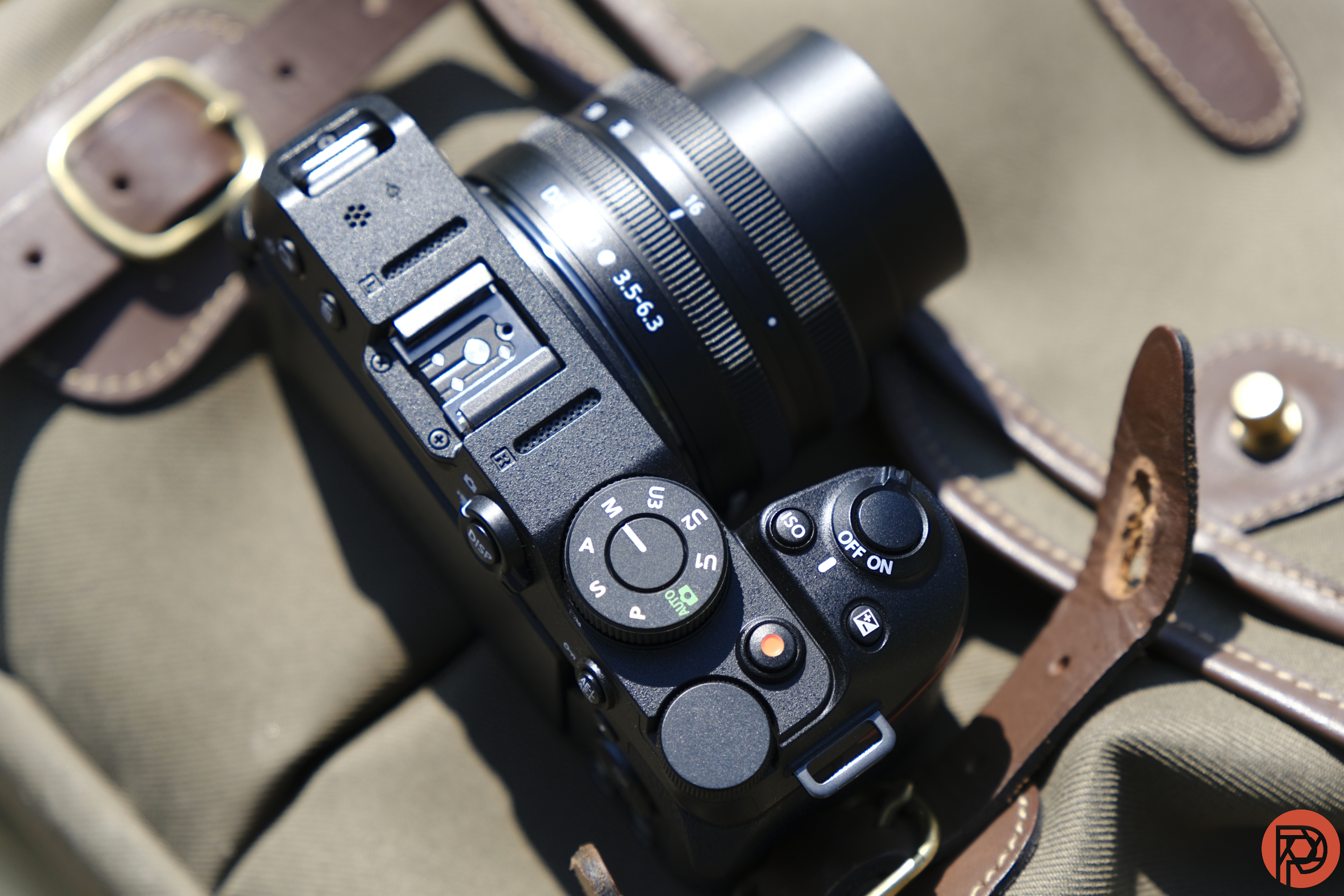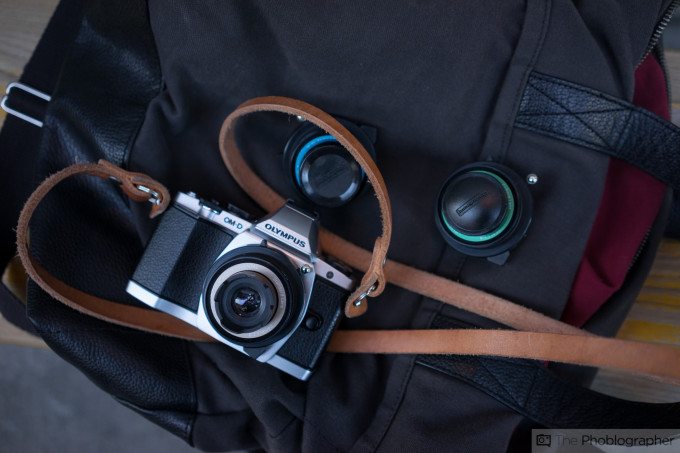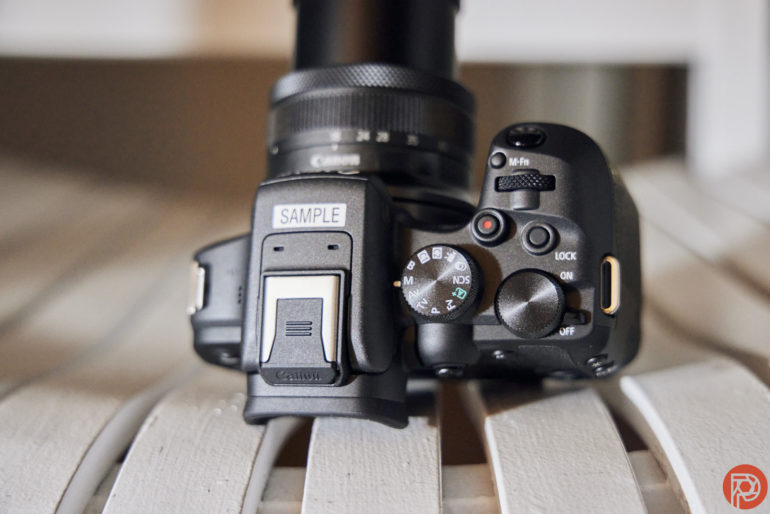If you’re buying your first camera, congratulations! Welcome to the world of interchangeable lens cameras. You’re getting a zoom lens because it’s doing something your phone can’t do as well. Zoom lenses can be pretty awesome, but also keep in mind that they come with a host of things you need to learn. So we’re going into a few things every beginner getting a zoom lens should know.
Subscribers get some sweet perks and are automatically entered into contests!. Download our app for iOS, iPad, and Android and get no banner ads for $24.99/year.
This guide will try to tackle almost everything there is to know about using and understanding a zoom lens. I’m reaching deep within myself and going far back to share info you need to know.
Benefits of a Zoom Lens
Let’s first break down some of the benefits of a zoom lens:
- Better framing: You can compose a scene a lot easier with various focal lengths vs what you can do with a single lens on your phone. New photographers do this by literally zooming in or out.
- Optical zoom: Optical zoom gives you far better image quality than the digital zoom on your phone will do.
- Better blurry out of focus areas: This is one of the best reasons to get a zoom lens.
- You can capture moments further away: Ever wanted to get in on the baseball game that you’re at? Or have you ever seen a beautiful snowy owl and wanted a better photo of it? Well, a zoom lens helps you do that when you combine it with actually moving yourself.
- Candid moments are easy: Capture candid moments of your family and friends without them even knowing that you’re there. This way you’re capturing the moment just as you see it instead of influencing what it looks like.
- Pretty good ones are fairly affordable: The quality of zoom lenses have gone up over the years, and they’ve become very affordable because the quality has increased so much. Standard lenses that come as a kit with a camera can perform very well.
Drawbacks of a Zoom Lens
Let’s break down some of the drawbacks of your zoom lens so you know what you can and can’t do. For those of you at home reading that are more advanced, we’re focusing on really affordable, variable aperture zoom lenses:
- Photography at night isn’t all that simple: Autofocus in low light and night can suffer. So too can the shutter speed. Shutter speeds are calculated in fractions of sections. The longer the duration, the more shaky your camera and hands can be. You’ve got to practice good handholding techniques in this case.
- Generally speaking, the image quality isn’t that good: Compared to a prime lens with a single focal length, you’re not going to get as good image quality. Those blurry out of focus areas also won’t be as creamy.
- They can be big: one of the reasons why people forget about using interchangeable lens cameras in the first place is because of how big they are.
- They encourage you to take photos carelessly: On the back of your camera, your photos might look really nice. But once you put them on a screen or a phone, you’ll see that you probably screwed up in some way or another. Always be careful. Years ago, this is why photographers often made people use prime lenses instead of zooms.
Best Practices on Getting Better Photos With a Zoom Lens
Now that you’ve got your new zoom lens, here are some of the best practices:
- You should take a look at our free guide with essential terms in photography.
- On the wider end, your lens will let more light in. On the longer (telephoto, zoomed in) end, it will let in less light.
- A camera’s pop-up flash can be fun to use. But it’s not effective anywhere beyond 5 feet away.
- Chances are that your camera and lens aren’t weather-resistant or waterproof. So be careful.
- Always have the body of the camera covered. Think of the taking the lens off a bit like open heart surgery. Cover it up whenever you can.
- The zoom lens is connected to your camera. It’s not a mind reader and your camera will only do what you tell it to. With that said, zoom lenses often have settings on them for things like image stabilization. Make sure that they’re activated.
Stay tuned and stay subscribed to the Phoblographer as we’ll have more tips for you here on our website.




